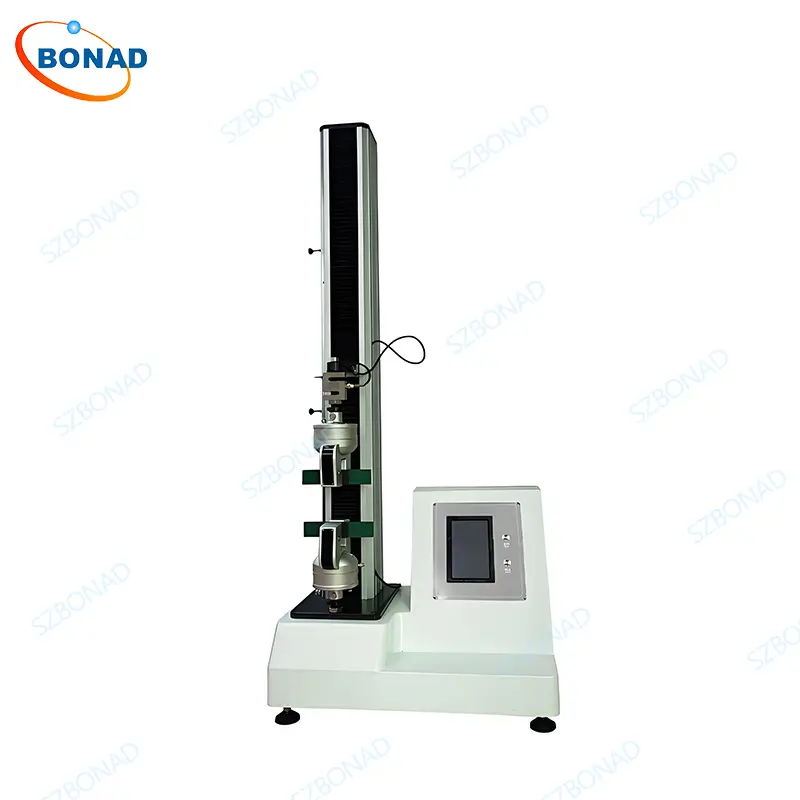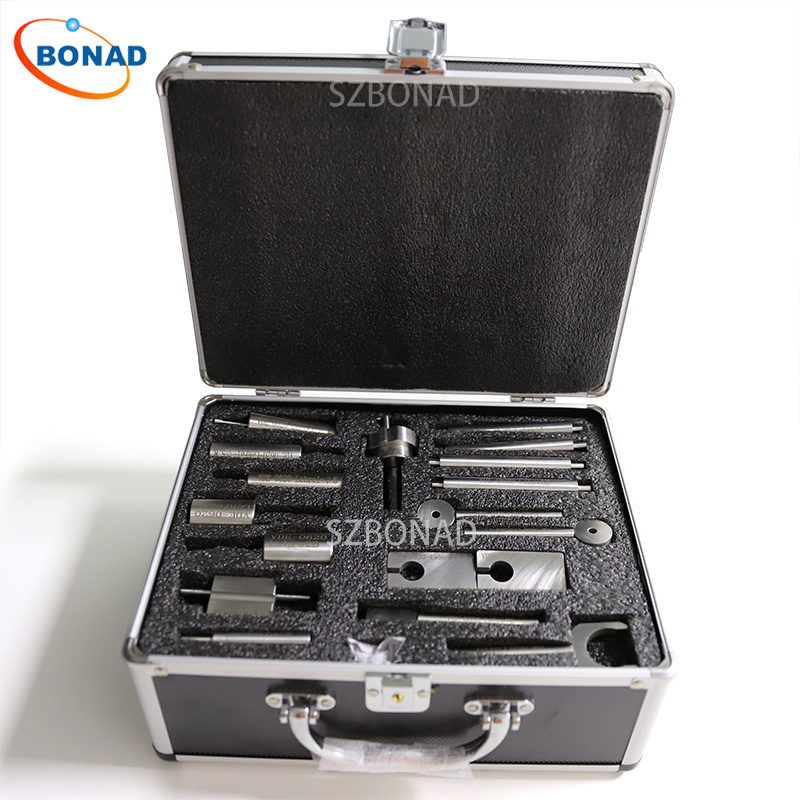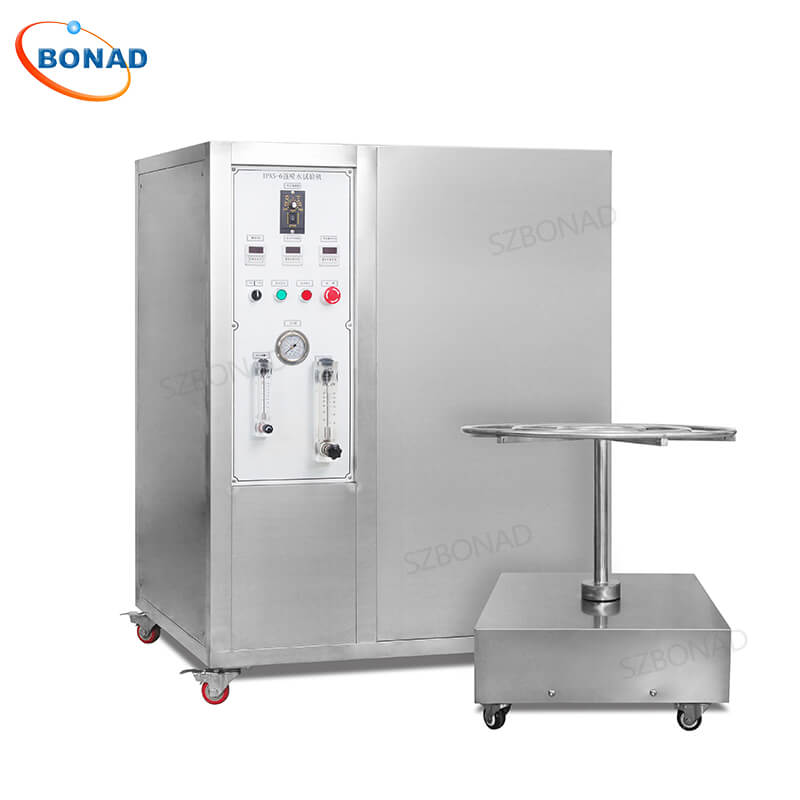Fabric Strength Testing: Essential Methods and Standards Using a Universal Testing Machine
Textiles, yarns, fabrics, and natural/synthetic fibers must undergo rigorous strength testing to ensure quality, safety, and compliance with industry standards. Universal Testing Machines (UTMs) are indispensable for evaluating mechanical properties like tensile strength, tear resistance, and seam durability. This guide covers key testing methods, ASTM/ISO standards, and UTM best practices for accurate fabric analysis.
Why Fabric Strength Testing Matters
Strength testing simulates real-world stresses on textiles, ensuring they withstand forces during use. From apparel to geotextiles, tests validate:
- Material reliability for end-use applications.
- Compliance with global safety standards.
- Quality consistency across production batches.
Core Fabric Testing Methods with a UTM
1. Tension Testing
Tensile tests measure resistance to pulling forces until rupture.
- Strip Test:
- Full-width fabric specimens are clamped in UTM grips.
- Metrics: Force at rupture, elongation (%).
- Standards: ASTM D5035 (Textiles), ASTM D751 (Coated Fabrics).
- Grab Test:
- Only the specimen’s center width is gripped, eliminating edge distortions.
- Ideal for: Woven/non-woven fabrics.
- Standards: ASTM D5034, ASTM D1683 (Apparel Seams), ISO 13934-2.
2. Tear Strength Testing
Evaluates fabric resistance to tearing.
- Tongue Tear (ASTM D2261):
- Rectangular samples with “tongues” are torn along a midline.
- Applications: Cotton, nylon, polyester, wool.
- Trapezoidal Tear (ASTM D5587):
- Uses trapezoid-shaped specimens with a pre-cut notch.
- Applications: Knitted, layered, and airbag fabrics.
3. Seam & Adhesion Coating Testing
- Seam Strength:
- Measures seam integrity via strip/grab tests (ASTM D4884 for geotextiles).
- Adhesion Testing (ASTM D751):
- Quantifies bond strength between coatings and fabrics.
- Critical for: Coated textiles where weak adhesion compromises seam/tear strength.
4. Puncture/Burst Testing
Simulates impact from sharp objects.
- Fabric is stretched over a ring clamp, pierced by a probe until rupture.
- Probe Types: Sharp tips (puncture) or balls (burst testing).
- Standards: ASTM D3787 (Ball Burst), ASTM D751 (Puncture).
5. Shear Testing
Assesses draping and flexibility in woven fabrics.
- ±45° Off-Axis Tension Test:
- Uses strain gauges to measure elasticity, Poisson’s ratio, and shear coupling.
- Reveals: Anisotropic behaviors affecting fabric handling.
Best Practices for UTM Fabric Testing
- Specimen Preparation:
- Cut samples precisely (per standard dimensions).
- Condition fabrics at controlled humidity/temperature.
- Fixture Selection:
- Use grips for tensile tests, ring clamps for puncture, and peel fixtures for adhesion tests.
- Data Accuracy:
- Calibrate UTMs regularly.
- Record force, elongation, and rupture points automatically via software.
Conclusion
Fabric strength testing with a Universal Testing Machine is non-negotiable for quality-driven industries. By adhering to ASTM/ISO standards (e.g., ASTM D751, D5035, D5587) and selecting method-specific UTM fixtures, manufacturers ensure product durability and regulatory compliance. Implement these protocols to optimize textile performance and reduce failure risks.
Explore UTMs with textile-specific accessories – your key to reliable, standards-aligned fabric testing.
Boost your textile QA process with expert UTM insights. Contact us for a lab equipment consultation.



